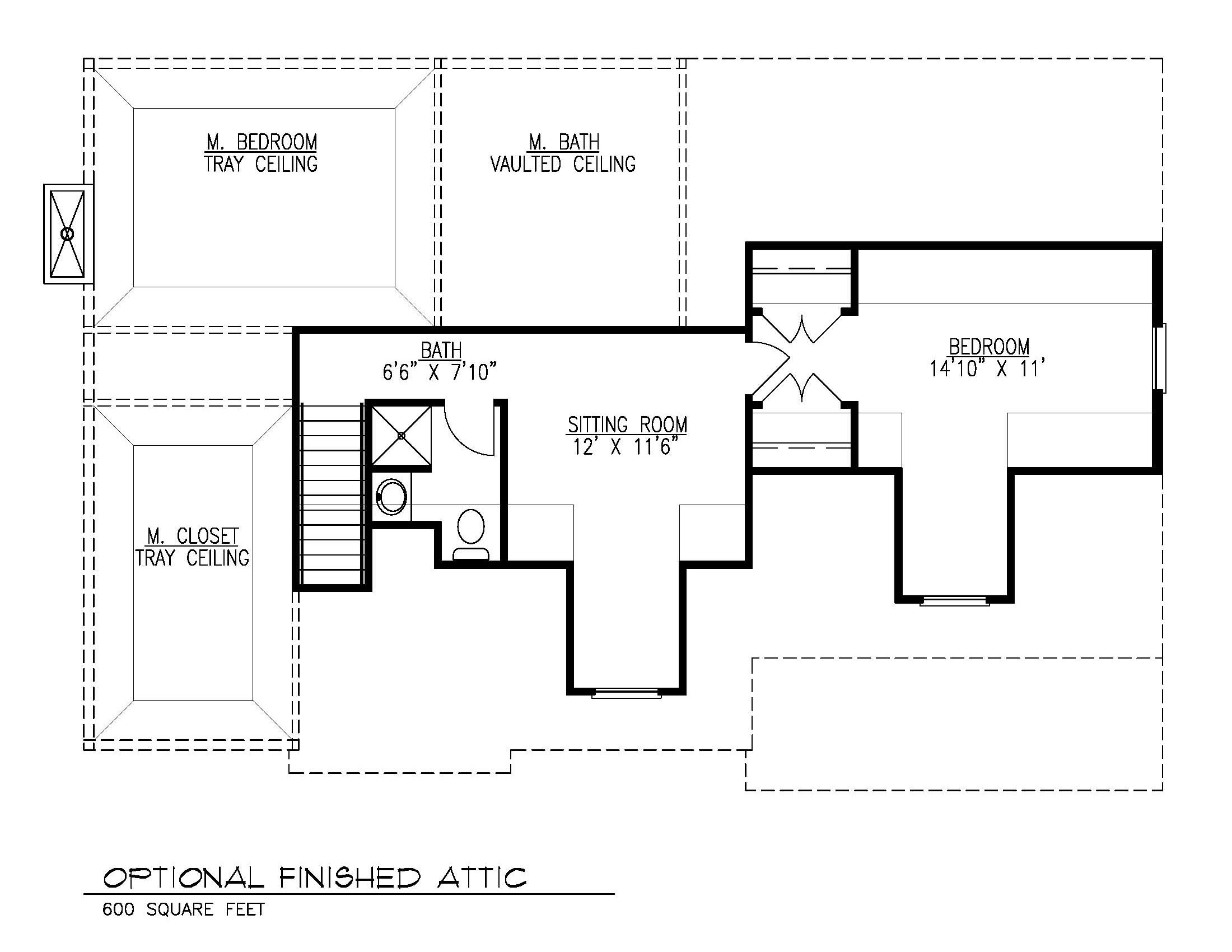Planning Considerations for Attic Bathrooms

Attic bathrooms can be a great way to add value to your home, but they come with unique challenges. It’s like trying to squeeze a durian into a small, dusty box. The limited space, sloped ceilings, and potential plumbing issues can make the project seem daunting, but don’t worry, with careful planning, you can create a functional and stylish bathroom.
Building Codes and Regulations, Attic bathroom floor plans
Before you start planning, it’s crucial to understand the building codes and regulations in your area. This is like knowing the rules of a game before you start playing. It can save you headaches and potential fines later. Regulations vary by location, so check with your local building department for specific requirements regarding attic bathrooms.
Essential Features for Attic Bathroom Plans
A well-planned attic bathroom should include essential features for comfort, safety, and functionality. Think of it as a recipe for a perfect attic bathroom:
- Ventilation: Attic bathrooms need proper ventilation to prevent moisture buildup and mold growth. Imagine your bathroom as a hot and humid sauna, without proper ventilation, you’ll be sweating buckets and breathing in mold spores. A fan or vent should be installed to exhaust moisture and air.
- Lighting: Adequate lighting is essential for any bathroom, but even more so for an attic bathroom, where the space can be cramped and dark. Think of it as a stage for your bathroom, good lighting will showcase the beauty of your design. You should consider multiple light sources, including a ceiling fixture and possibly a vanity light.
- Safety Features: Attic bathrooms can be prone to slips and falls, especially on sloped floors. It’s like walking on a tightrope, one wrong step and you’ll be taking a tumble. To ensure safety, install non-slip flooring, grab bars near the toilet and shower, and adequate lighting.
Attic Bathroom Floor Plan Design: Attic Bathroom Floor Plans

Designing an attic bathroom floor plan requires careful consideration of the space’s unique characteristics, such as sloped ceilings, limited headroom, and potential structural limitations. The goal is to maximize functionality and create a comfortable and aesthetically pleasing bathroom within the confines of the attic space.
Common Attic Bathroom Layouts
Attic bathroom layouts can vary depending on the size and shape of the space, but some common configurations include:
- Single-Sink Layout: This layout is suitable for smaller attics and features a single sink, toilet, and shower or tub. The sink and toilet are typically placed along one wall, with the shower or tub positioned in the corner or against the opposite wall.
- Double-Sink Layout: This layout is ideal for larger attics and offers more counter space and storage. The two sinks are placed side-by-side, with the toilet and shower or tub positioned on the opposite side of the room.
- Shower-Only Layout: This layout is common in smaller attics where space is limited. It features a shower stall, toilet, and a small vanity with a single sink. The shower stall can be placed in a corner or along one wall, maximizing the available space.
Attic Bathroom Fixture Dimensions and Placement
The following table Artikels the typical dimensions and placement of key bathroom fixtures in an attic bathroom:
| Fixture | Dimensions | Placement |
|---|---|---|
| Toilet | 30″ x 18″ | Typically placed against a wall, with 15″ clearance in front and 18″ on each side |
| Sink | 24″ x 18″ | Can be placed on a vanity or wall-mounted, with 30″ clearance in front |
| Shower | 36″ x 36″ | Can be placed in a corner or along a wall, with a minimum of 30″ clearance in front |
| Tub | 60″ x 30″ | Typically placed against a wall, with 30″ clearance in front and 18″ on each side |
